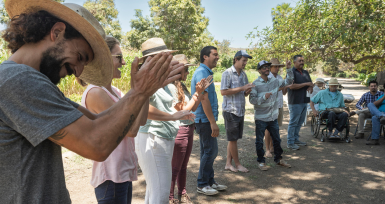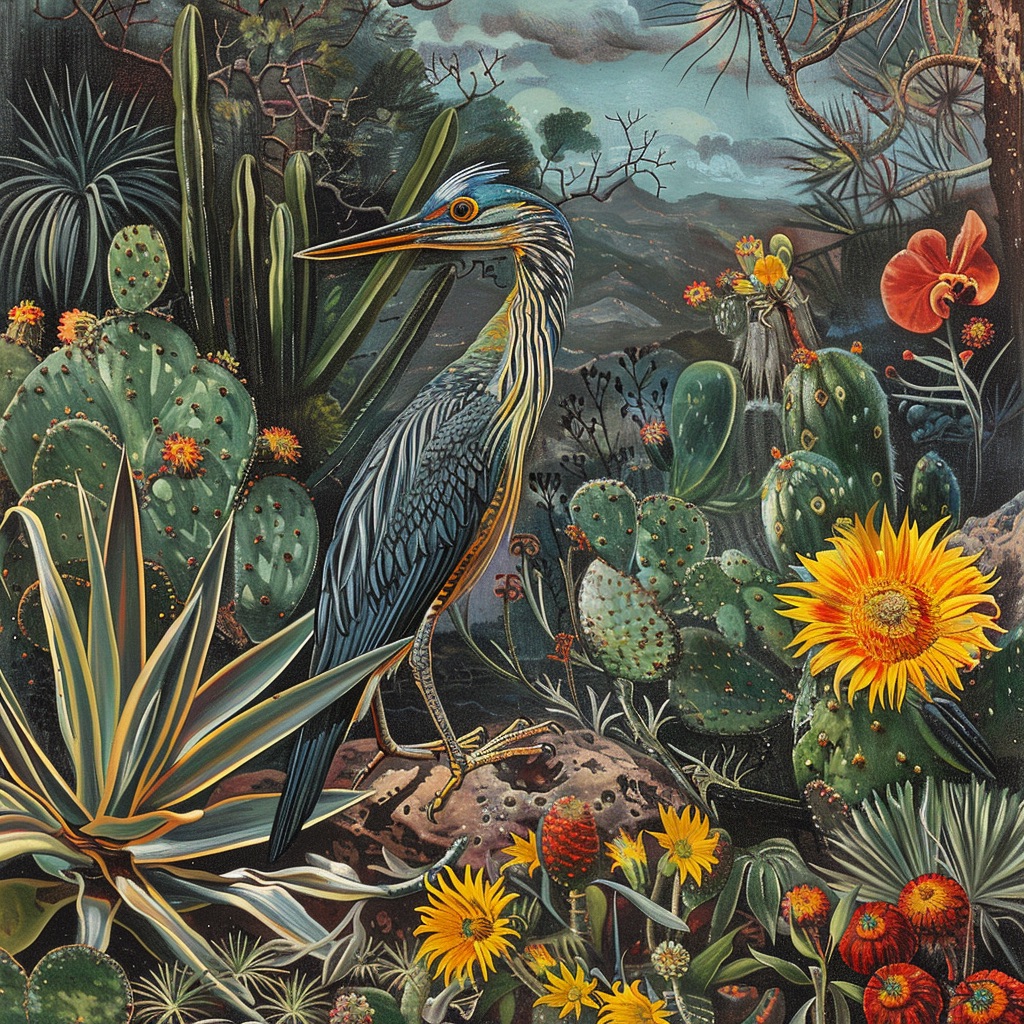
Where is the Landscape in Your Story?
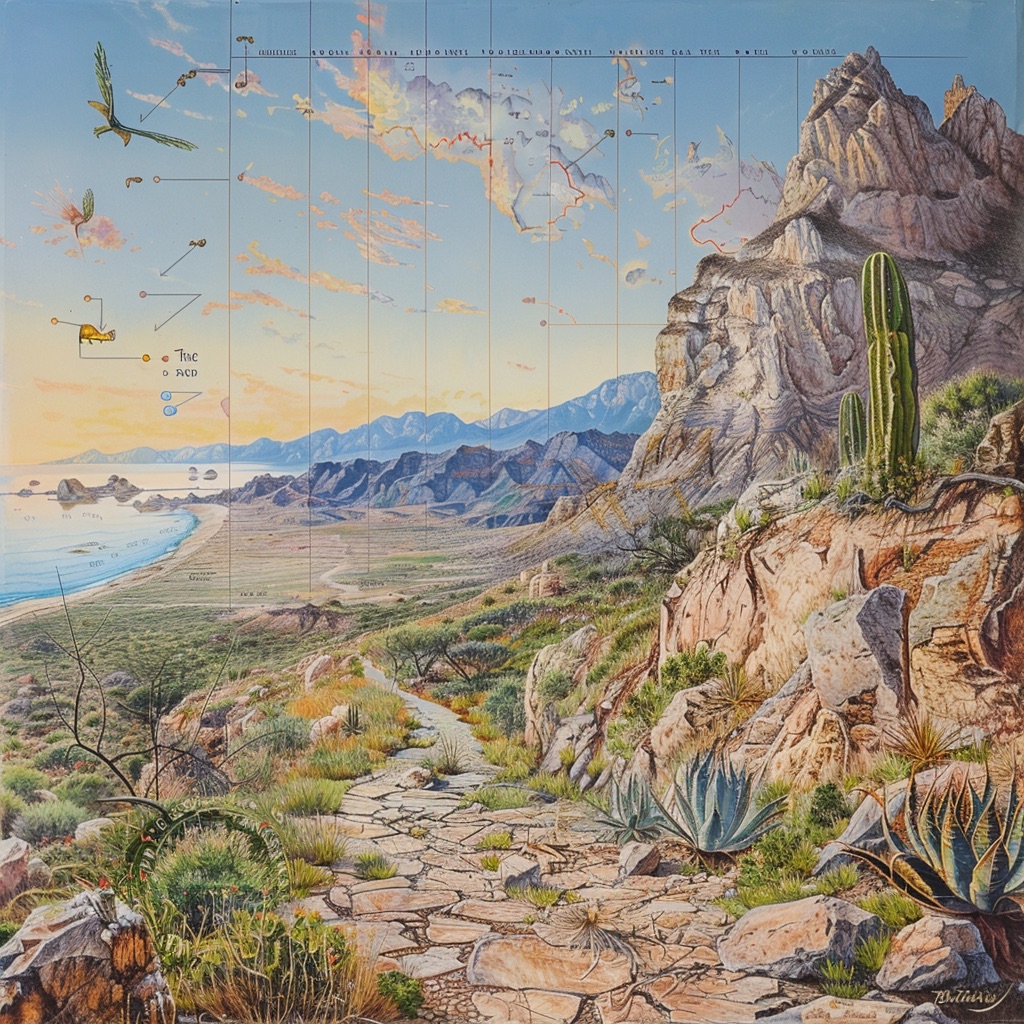
With Whom, With What, and Where Are We?
Stop! Step outside, and take a look around you. Wherever you (we) are, there are many things staring at us that we don’t see. There are elements that we rarely feel, despite their imposing presence.
There are species that have been working tirelessly for millions of years to create the conditions conducive to life that allow us to dwell on things that are almost irrelevant in the grand scheme of things.
As we obsess about the human-centric details that distract us daily there are other stories playing out that go unnoticed.
Unless we deliberately take time to look and listen, to choose to engage with the landscape that — for too many — they serve as an almost invisible backdrop to our lives.
How much wisdom is there bound up in the landscape around us? Wisdom that we take for granted or fail to recognize or value.
And yet every day we have the opportunity to simply stop, step outside and take it all in. To look closer and listen to the landscape to uncover the answers for our most pressing questions.
All of the answers we need are there right in front of us, bound up in the indisputable Wisdom of Place™.
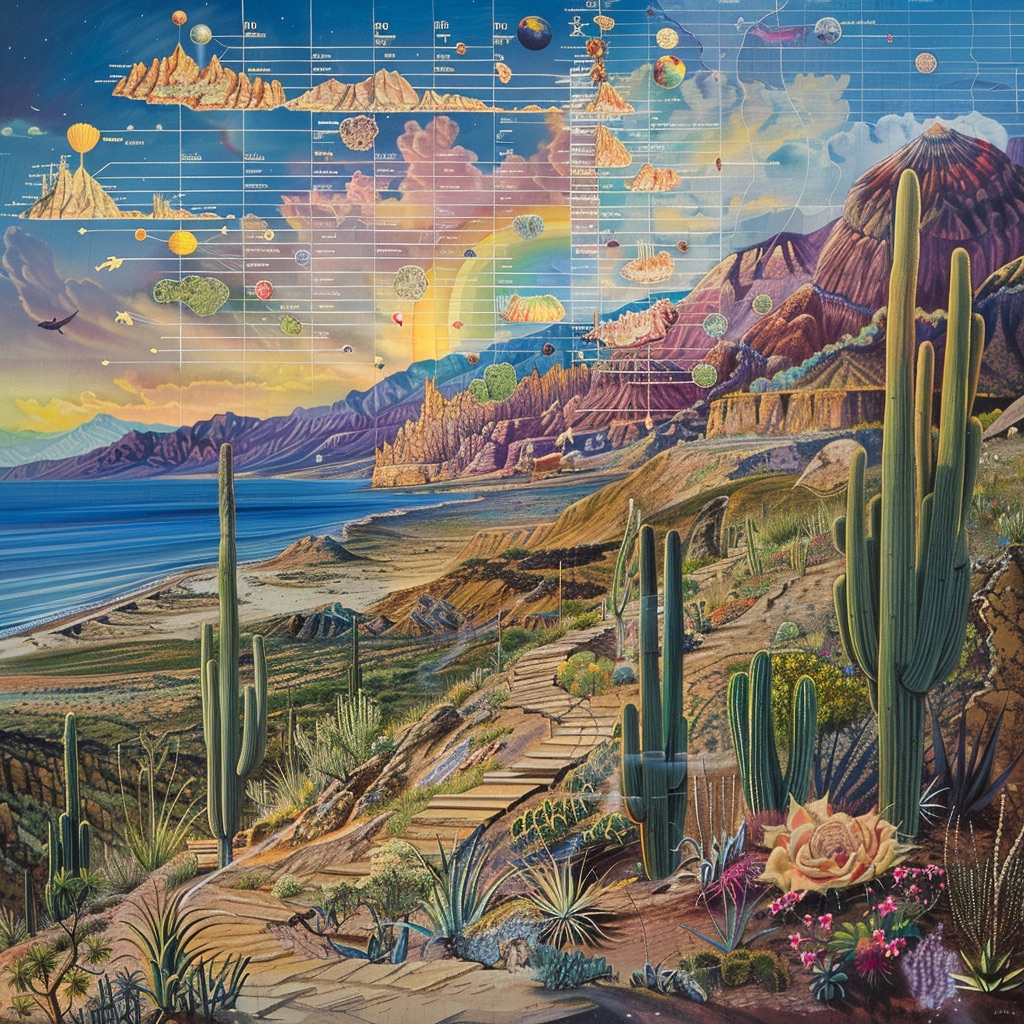
Listening to and Learning from the Lessons of the Landscape in Baja California Sur.
There are few landscapes as breathtaking, or awe-inspiring as the desert backdrop of Baja California Sur. From the depths of its oceans to its imperious mountain peaks, it is without question a place of stunning natural beauty.
“Baja California Sur is a place where deserts, powerful rocks and healing winds intertwine,” says Carolina Fernandez-Jansink, co-founder of the regenerative agency, Dear Wise Earth. “A space that recognizes the clear presence and yet the sweet longing for water and its ancestral cultures. It is also there where unique organisms, full of love and purpose, provide conditions that lead to life.”
In a place scarcely inhabited by humans for less than 110 centuries, it’s easy to imagine the Sonora desert in which Baja California Sur resides, as lifeless. And yet, anyone that takes a closer look at the oceans, coastlines, mountains and deserts of this geological wonder will discover a playground for non-human life.
Considered a cul-de-sac for the original native human inhabitants, Baja California Sur has always been a wondrous world for mammals, fish, reptiles, insects and birds on the move and home to some of the most resilient sedentary species on planet earth.
In our own very recent relationship with this hypnotic landscape (humans have only been present on the peninsula for 11,000 years) it has nearly always been a remarkable rock, cetacean or red rhodolith that has been responsible for human migration to this contradictory — inhospitable and yet wonderfully welcoming place.
Millions of years before the first men and women walked south to discover that there was nowhere else to go after reaching the end of this 1,247 km peninsula, other species like the rhodoliths were witnessing the miraculous movement of the tectonic plates that separated Baja California Sur from what is now known as the Sonora desert.
Baja California and the Sea of Cortés exist geographically because of plate tectonics. Movement of the Pacific and North American crustal plates began ripping the Baja peninsula and the western half of Southern California from mainland Mexico some six million years ago, opening up the Sea of Cortés in the process. Since then, the Pacific plate has moved some 330 km (200 miles) northwards carrying Baja California and peninsular Southern California with it.
These free-living, self-organizing life centers composed mostly of coralline red algae had a ring-side seat witness to the cycle of life and one of the mass extinction events in their 55 million years of life on earth. One of the building blocks of life in our oceans stretching back to the Eocene epoch, they are a key species of the euphotic zone — the shallows of our oceans where 90% of all aquatic life resides.
This remarkably resilient resident of the waters of Baja California Sur is also found in diverse habitats from the Arctic near Greenland, in waters off British Columbia, Canada, the Mediterranean, New Zealand and eastern Australia. Tied up in their longevity is incredible intelligence and their fossils have been used as biological archives of palaeoclimate data to answer many of questions surrounding the changing climatic conditions of our planet through the ages.
In the Sea of Cortez they play an essential role, among other things in the cultivation of oysters, which with their precious pearls, perhaps more than any other single species has spurred the arrival of humans to the peninsula.
The original inhabitants, the Pericúes dived for oysters and clams and the pearls they used as decoration were responsible for more than one expedition from Spanish adventurers in search of their fortunes.
Many of the 800,000 human inhabitants that currently call Baja California Sur home were lured to live here by similar treasures contained by the landscape, tempted by the chance to dive for pearls, swim with dolphins or to escape the cold winters further north. Others lingered because they found peace and tranquility in the amplitude of the expansive desert territory.
Nearly everyone who stayed was seduced by something in the scenery. Many, with time, lost sight of what it was. And there lies one of the biggest problems we face as a species. How easy it is to lose our connection to nature.
With our species’ singular separation from nature comes a series of decisions that threatens our harmonious co-existence with the life support systems that brought us into being in the first place. What can we learn from the rhodoliths to ensure that our ancestors will be here 55 million years from now?
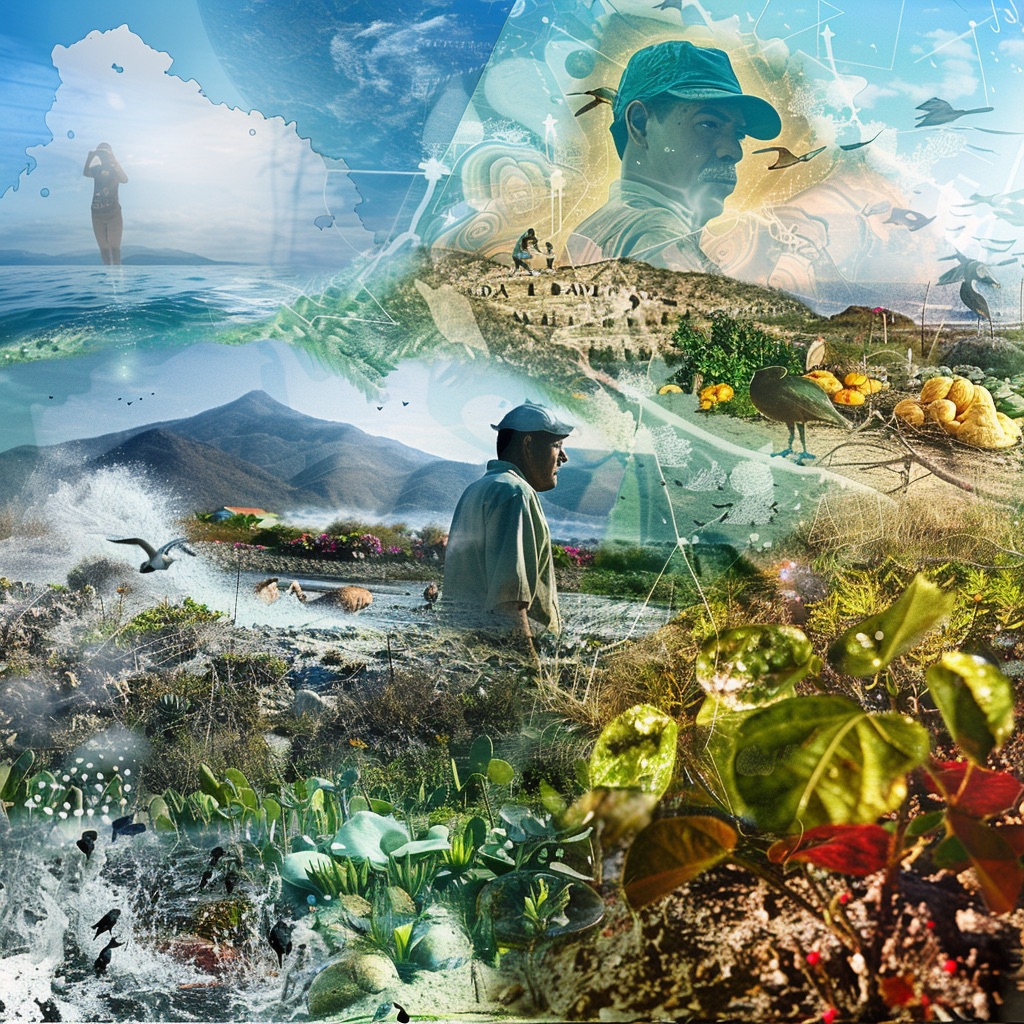
Other Species Ready to Share With Us Baja California Sur’s Wisdom of Place
Like the 55 million-year old rhodoliths there are other flora, fauna and geological formations that are deeply imbued with the Wisdom of Place of Baja California Sur.
Whether it is the grandmother of the desert — the 400-year old cardón cactus — or an 80-year old humpback whale teaching its young how to swim in the bay of Magdalena, they are ready to share with us intelligence accumulated over centuries. If we are ready to listen.
Tapping into the inherent wisdom stored in the 1% of the species that have not been sent to the extinction pool in the 3.8 billion years of life on earth, is at the heart of the Wisdom of Place™.
“This objective of this tool called the Wisdom of Place, is to listen in a more sophisticated and detailed way to the life that exists in a place and its different dimensions,” says Fernandez-Jansink.
The Earth Wisdom Approach™, employed by Dear Wise Earth offers a unique perspective on the world and the places where we live and work, emphasizing how people are part of Nature and highlighting the planetary dynamics that can offer a better future for both people and the planet.
It is based on the understanding that the wisdom of Nature, nature-based solutions, and nature-based cultures are invaluable resources for creating regenerative socio-environmental systems and planetary well-being.
The EWA® prioritizes the use of knowledge and perspectives commonly accepted as coming from indigenous and local cultures, as well as methodologies, frameworks, and models that are intentionally designed to move beyond human-centered knowledge and towards life-centered knowledge.
The Wisdom of Place™ model process includes: listening, asking for permission, and connecting with the landscape; aligning with an organization’s life-centered purpose; selecting leveraged narratives and reproducing them through stories across different channels or media.
“This tool, known as Wisdom of Place, aims to listen. More specifically, it seeks to listen in a more sophisticated and detailed manner to the life that exists in a location and its numerous dimensions. We can visualize these different dimensions as we create an image to effectively communicate how it is used to improve our listening skills and better connect with the location,” says Fernandez-Jansink.
Through the use of the Wisdom of Place™ we can become more closely connected to a territory, to a piece of land, to align ourselves better with other species working tirelessly to create the conditions conducive to the creation of life.
Why do this? Why have a closer and more intimate conversation with the life of a place?
“For many reasons,” says Fernandez-Jansink. “Starting with because it feels nice, but increasingly we realize that given the situation in which we find ourselves requires that we restore access to the intelligence that exists in life. Not having access to that intelligence, that beauty, that way of innovating, that wisdom, is to lose an infinite amount of information to which we have access and from which we can learn to solve problems and reach the potential we believe we are designed to reach as contributors in the creation of life.”
The journey of discovery in Baja California Sur has already started in organizations like the Alianza para la Seguridad Alimentaria de Baja California Sur, which is putting life at the center of its efforts to bring about systemic change through the cultivation of a healthy and equitable food system in the region.
Born out of the response to the pandemic and the need to feed thousands of residents in Baja California Sur affected by the collapse in tourist visitors to the region, the organization has embarked on a much deeper engagement with its surroundings as it seeks to align itself fully with the different dimensions that support life on the peninsula and bring about systems change and greater resilience in its food system.
“Where is the landscape in the story of ASA and Baja California Sur? What we want to do is talk much more about the essence of what Wisdom of Place the essence of what it is, to transform that mental model that says the human is the most developed being, is the most advanced being with the greatest intelligence. The goal is to transform the mental model to say at least I am going to listen, not just listen to a living organism and to many living organisms and to many living systems that have known much longer how to live on this earth and not just listen, but know how to make that information functional to solve many of our problems and understand more about the potential that a territory has,” says Fernandez-Jansink.
Thus, it is primarily through the use of this tool that we can become closer to a territory, to a piece of land, to a space, and endeavor to connect with it and understand it better.
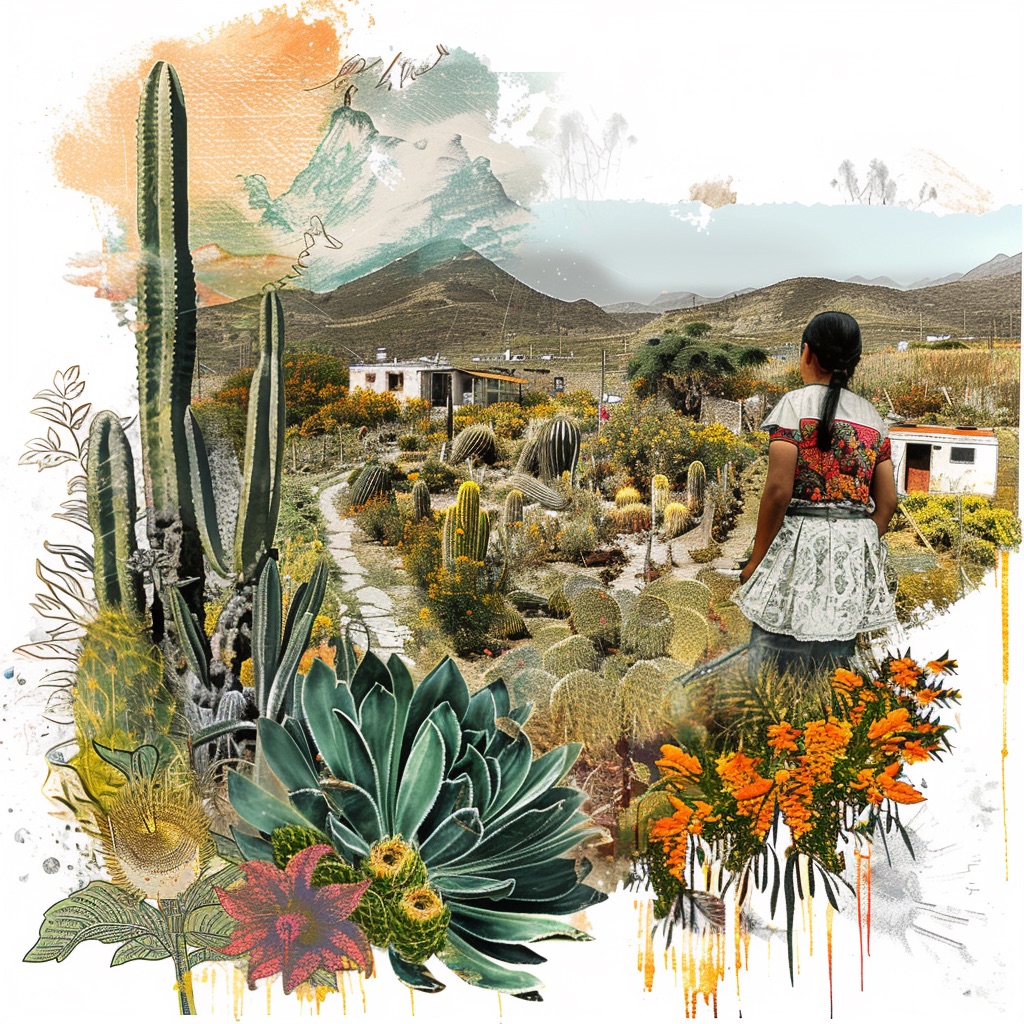
A Few Questions to Help Restore Our Relationship with the Landscape
As a tool, the Wisdom of Place is an effort to seek greater engagement, to bring about systemic change in ourselves first and then in others. This can be achieved by creating an inner conversation first with ourselves and later with others. Some of the questions that can be asked include:
- What place does the landscape hold in my story?
- What is it about the Baja California Sur landscape that makes it part of the cultural identity of its inhabitants?
- At what point do we (did we) stop appreciating and valuing the landscape, and even extract or exploit from it? Why does this happen?
- With whom, with what, and where are we?
- What is the potential, vocation or unique qualities of the landscape?
- What can we learn from other species and elements of the landscape?
- How can other narratives such as — Redefining Heroism, Learning Journeys, the Power of the Oasis, Good Hosts and Good Visitors — inform us on the path to regeneration in Baja California Sur?
- How can these narratives help me to change my own mental models? How can these narratives help me to change mental models in my organization / ecosystem?
- What are the main obstacles to achieve this?
- In which spaces could the other narratives be brought more intentionally to my organization / ecosystem?
- What is the potential to integrate the narratives?
- Which narratives have flowed more or less?
- Where have the narratives flowed more, where have they flowed less?
- Which narratives can be deepened more, and which other narratives should be brought to the table?
By seeking out the answers to these question from within and externally gives us the chance to engage others in our ongoing conversation with the landscape, helping others to align with the self-governing Wisdom of Place.
How ASA is Listening to the Landscape
At the Alianza para la Seguridad Alimentaria de Baja California Sur, we create and promote collaborative networks that connect local farmers with visionary donors, forward-looking companies, community leaders and systems change investors.
We are building a winning team that understands the urgent need to transition to a healthy, resilient and equitable food system in Baja California Sur. Working with food —the great connector— our four main programs bring together a wide array of stakeholders to solve complex problems.
By listening to nature and the human and non-human champions of Baja California Sur we know we can achieve profound change.
Here are just four ways we listen to the landscape to bring about systemic change.
Climate Resilience
ASA promotes climate resilience in Baja California Sur by building a network that already includes 22 active organizations in the state. Our efforts to learn from nature, increase the collective capacity to mitigate the impacts of climate change, promote constant learning, collaboration and adaptability in the face of climate challenges.
Agroecological Transitions
We focus on promoting regenerative agricultural practices that respect the needs of the landscape and its people.
Zero Food Waste
We focus on reducing food waste in Baja California Sur through effective proposals adapted to each sector, promoting dialogues between various interested allies.
Sudcaliforniano Food Bank
At BAMX Sudcaliforniano & Alianza para la Seguridad Alimentaria, we understand the vital role food security plays in building resilient communities. Our mission is to align the needs of the people of with the landscape of Baja California Sur to ensure everyone has access to safe, nutritious, and affordable food.
Join a Winning Team
We encourage collaboration between key actors and agents of change to enable the transformation of the food system in Baja California Sur.

Meet the Champions of Baja California Sur
Searching for more wisdom from this wonderful place? Read about the human and non-human champions of Baja California Sur.
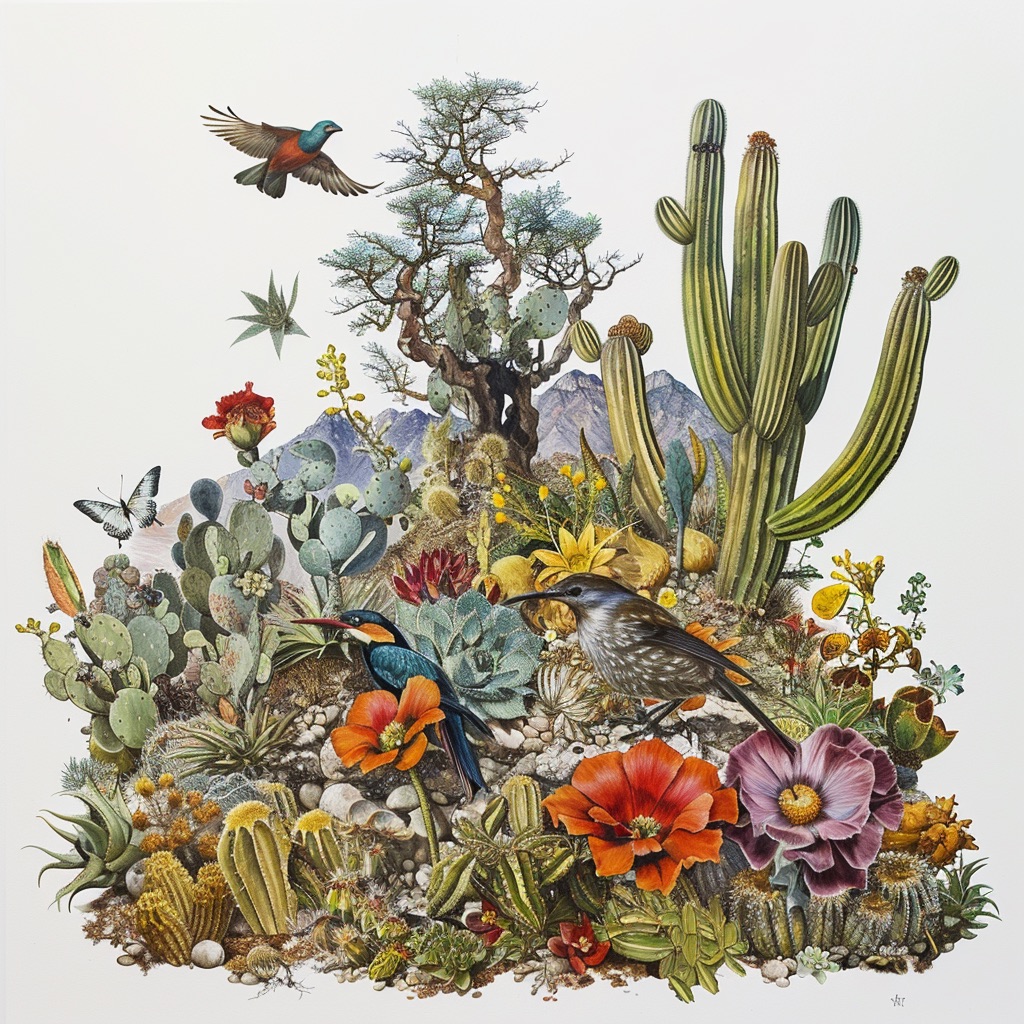
Good Hosts and Good Visitors
Each environmental interaction between migratory and sedentary species has accumulated for millennia in the Wisdom of Place in Baja California Sur. What can we learn from the way good hosts help make good visitors in nature?

Where is the Landscape in Your Story?
How much wisdom is there bound up in the landscape around us? Wisdom that we take for granted or fail to recognize or value. And yet every day we have the opportunity to simply stop, step outside and take it all in. To look closer and listen to the landscape to uncover the answers for our most pressing questions. All of the answers we need are there right in front of us, bound up in the indisputable Wisdom of Place™.
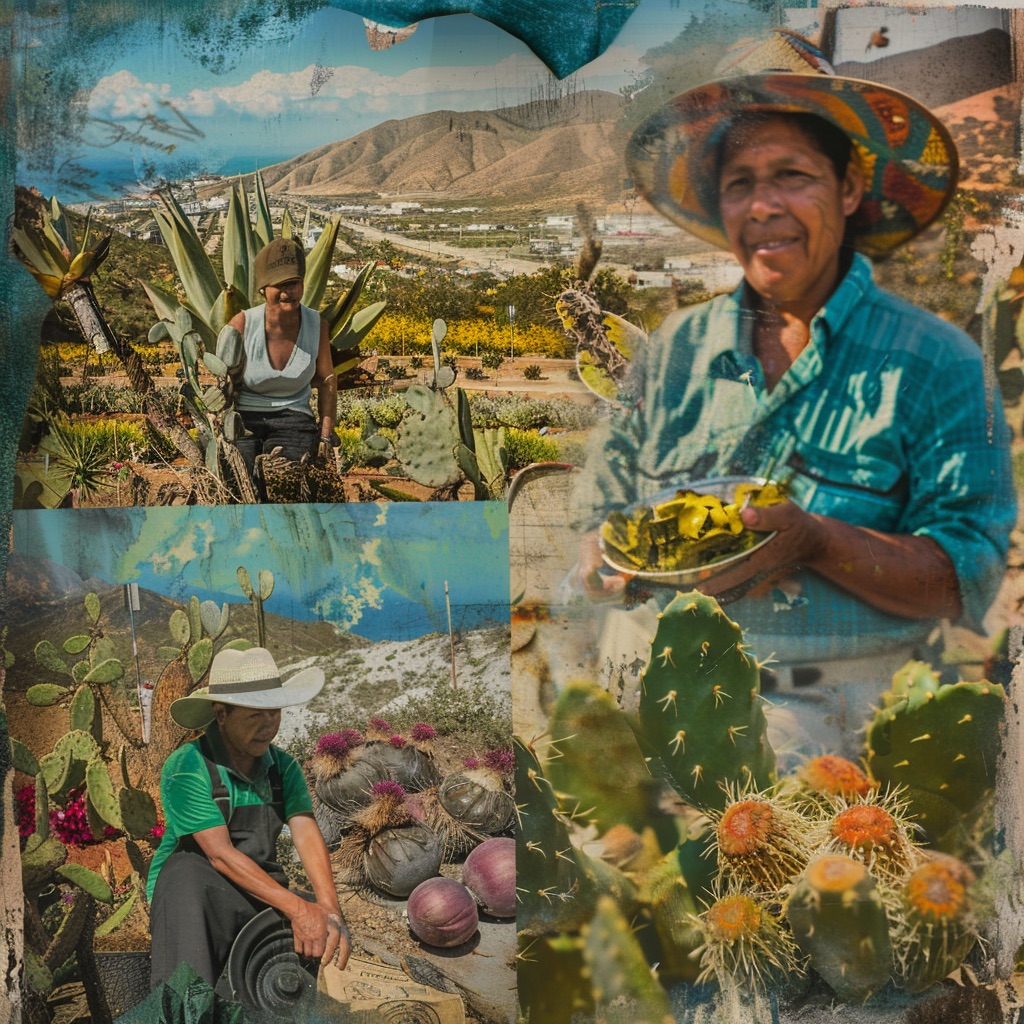
Learning Journeys from the Rock to the Reef
Connect deeply to the Wisdom of Place of Baja California Sur in an experiential journey to discover the rich array of oases helping life flourish in the desert. What can we learn from and teach to others?

The Power of the Oasis: Mythical Centers of Life
Oases — mythical life centers in the desert — hold powerful lessons for all of us. Baja California Sur is home to more than 90% of the oases in Mexico and the socio-ecological areas have played a crucial role in shaping the relationship between its inhabitants and their landscape for millennia. What can we learn from the power of the oasis, before it's too late?

Redefining Heroism: The Heroes Feeding the System
Cultivating abundance' unveils five critical steps to heal the food system in Baja California Sur. This insightful guide illuminates the path to a healthy, resilient food ecosystem, ensuring the region's culinary and ecological heritage thrives for generations to come.


